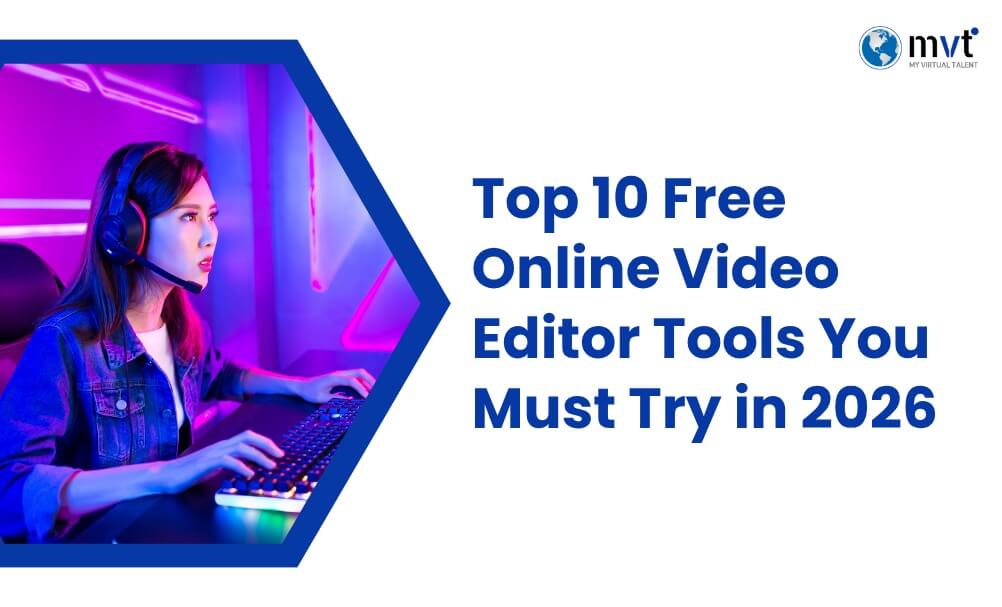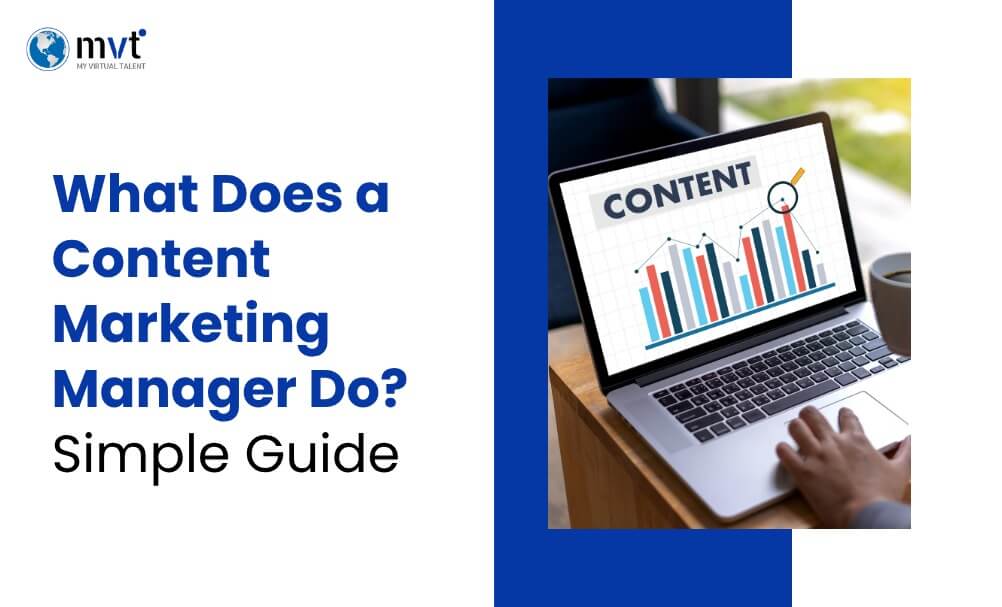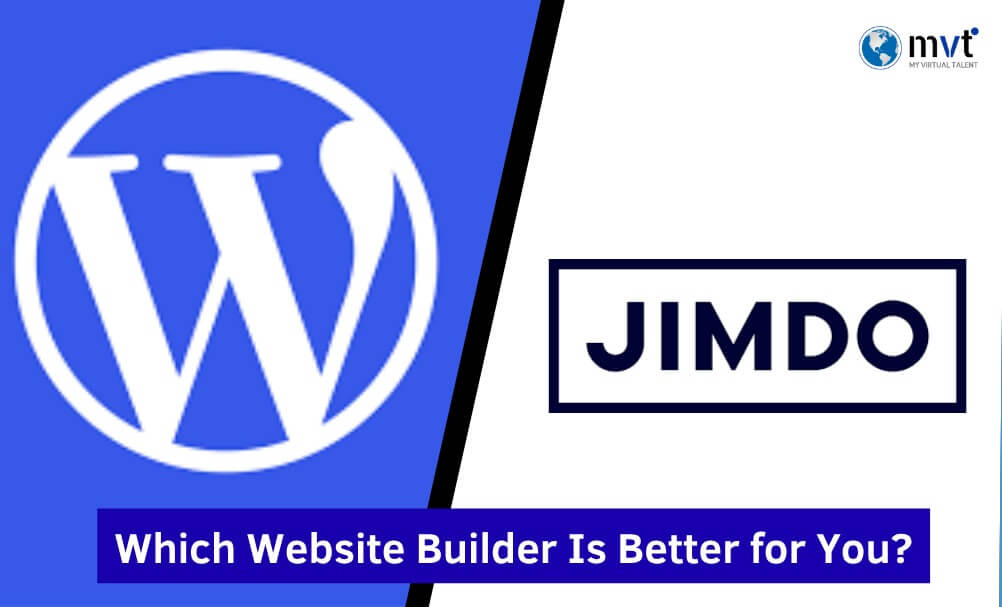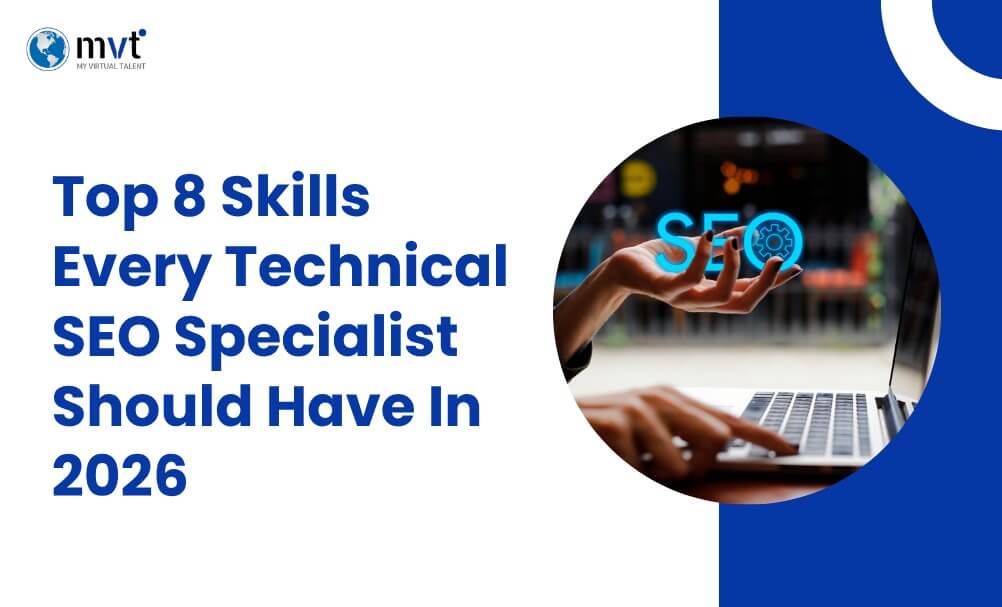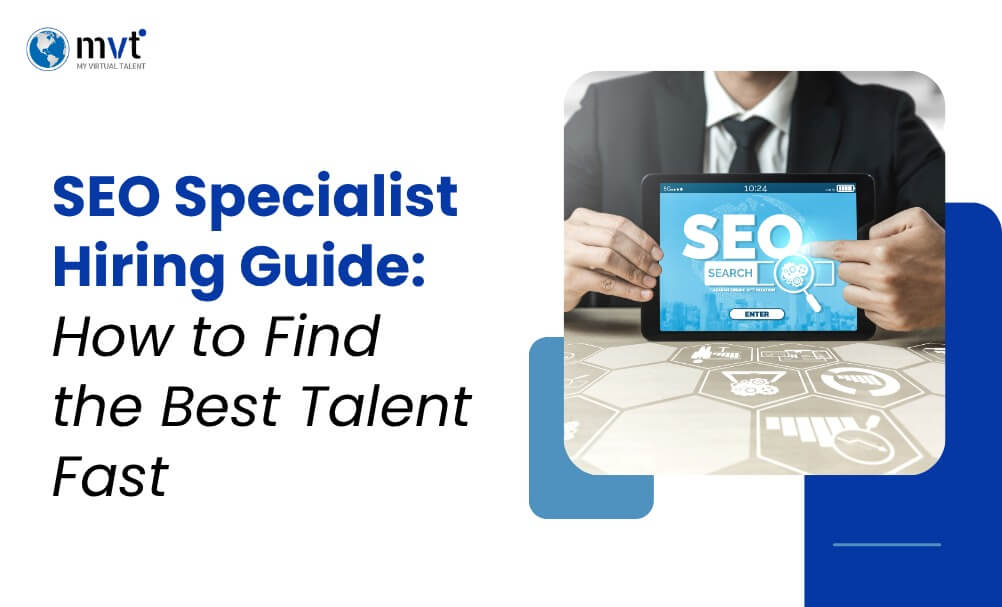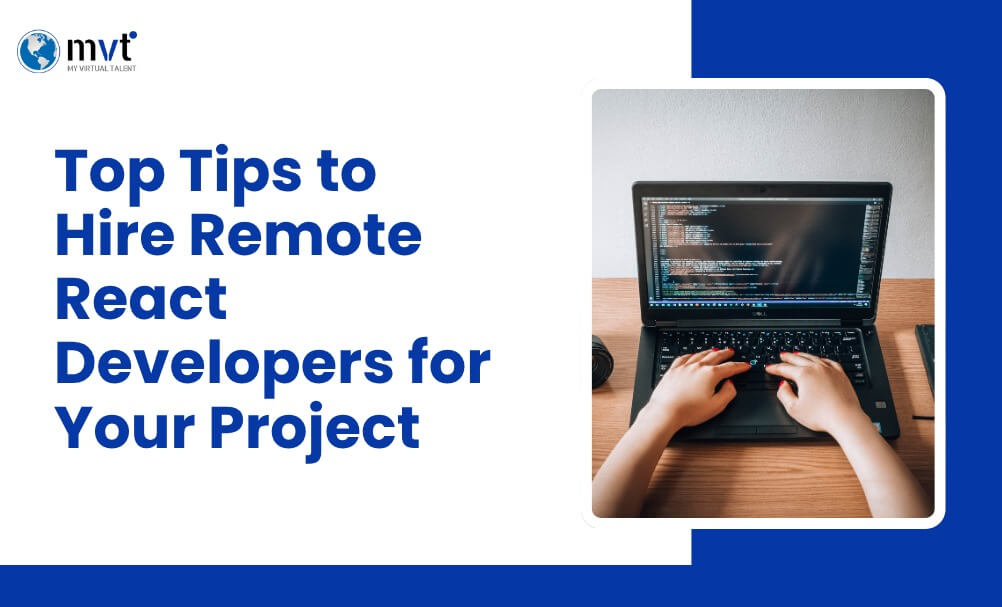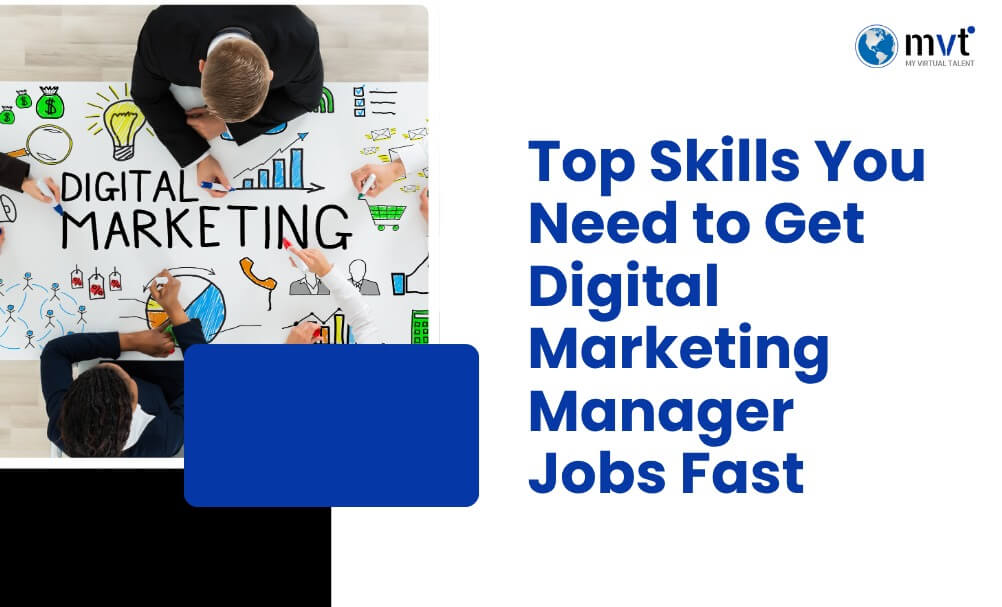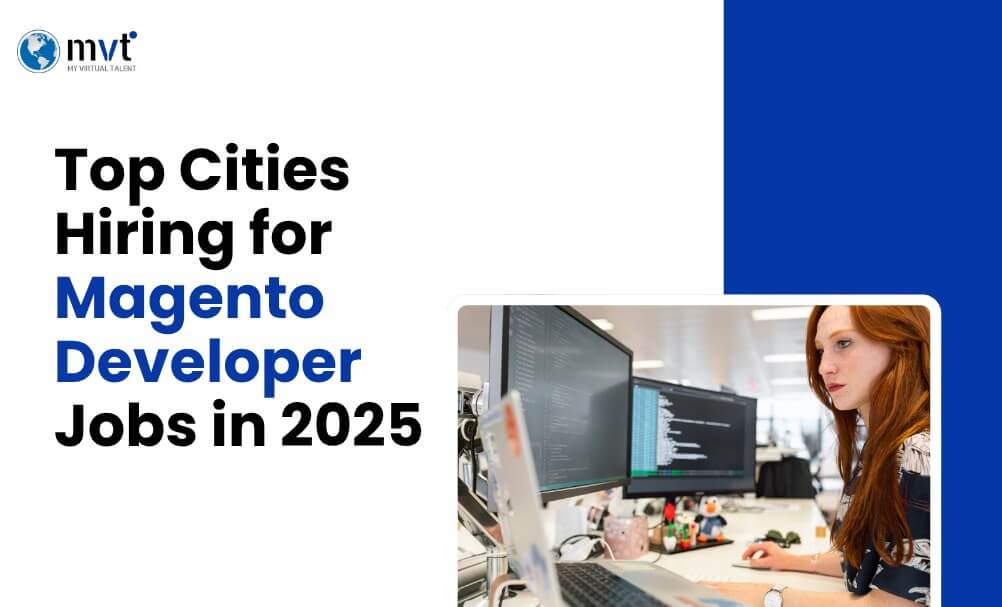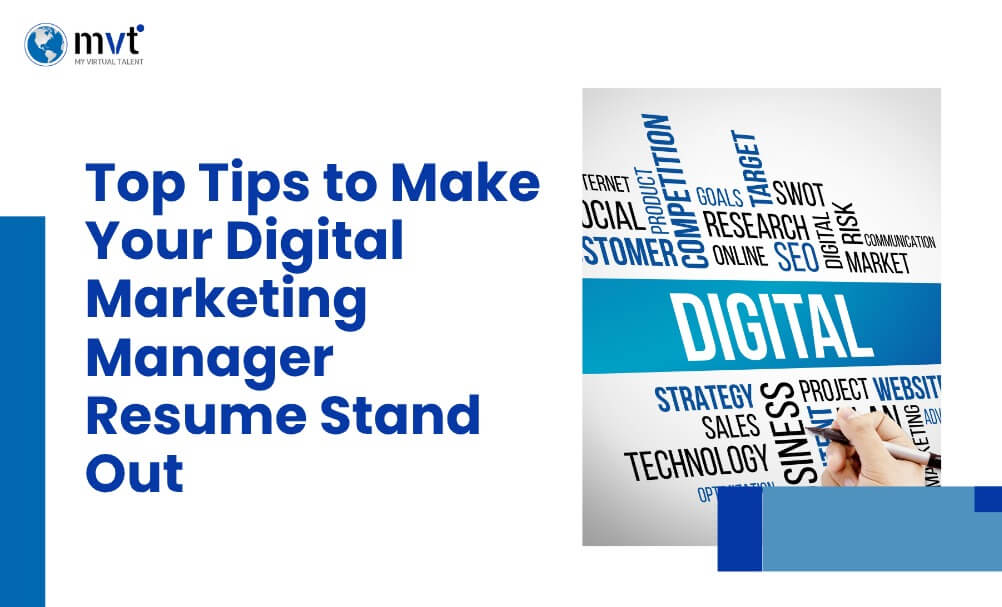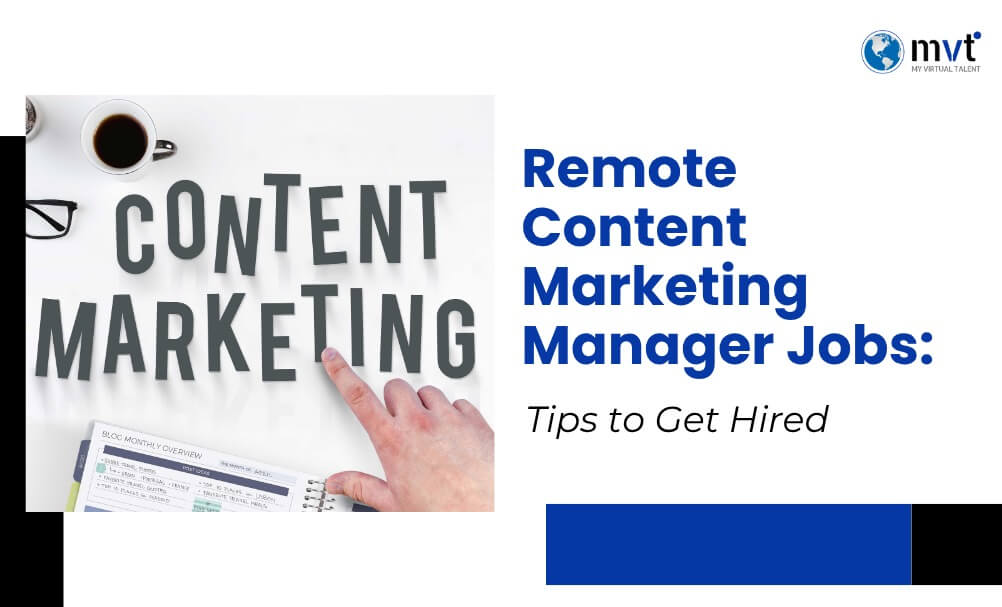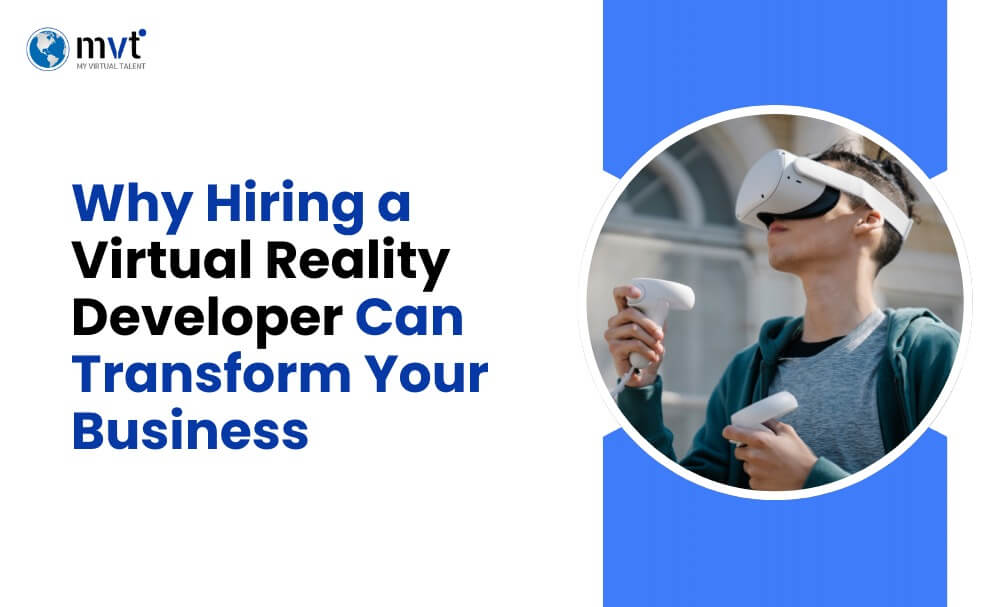
A Virtual Reality Developer is a specialized software engineer who creates immersive VR experiences for businesses and users. Unlike a traditional developer, they work in three-dimensional space, combining programming skills with design knowledge to make virtual environments engaging and realistic.
Their work begins with concept and design, where they know business needs and plan how VR can solve them. Next, they create 3D environments and objects, adding textures, lighting, and details that make the virtual world feel authentic.
The technical part includes coding with tools such as Unity (C#) or Unreal Engine (C++), programming how users move and interact inside the VR space. They also ensure the applications run smoothly on different VR headsets, such as Meta Quest, HTC Vive, or enterprise devices.
Finally, they focus on testing and optimization, refining performance and ensuring the experience is comfortable, engaging, and free from motion sickness.
5 Ways a Virtual Reality Developer Can Revolutionize Your Operations
1. Immersive Employee Training & Development
A Virtual Reality Developer can change how companies train their employees. Traditional training often costs a lot, takes a long time, and sometimes carries risks. VR makes training safer, faster, and more effective by creating realistic simulations.
For example, manufacturing companies use VR to teach workers how to handle heavy machines without any danger. Employees can also practice safety steps or emergency drills in a safe virtual space. One big car company cut training time by 40% and improved worker safety by using VR training.
In healthcare, VR developers design virtual operating rooms where surgeons and nurses can practice many times without any patient risk. Students can even explore 3D human anatomy in detail.
Customer service teams also benefit. Staff can practice handling tough customer situations, sales presentations, or even learn software through interactive tutorials.
Research shows VR training helps employees remember up to 90% more than traditional methods and reduces costs by around 30%, making it a powerful tool for business growth.
2. Unforgettable Customer Experiences & Marketing
In today’s crowded digital world, standing out requires more than regular ads. A Virtual Reality Developer can create immersive experiences that turn simple viewers into active participants, helping brands connect emotionally with their customers.
For example, real estate companies now use VR tours where buyers can walk through homes or offices from anywhere in the world. These tours go beyond videos buyers can even change furniture, lighting, or finishes to see what suits them best.
Automotive brands use VR showrooms where customers can sit inside cars, change colors or features, and even take virtual test drives in different weather conditions. This is especially useful for luxury or rare cars.
In retail, VR storefronts let shoppers walk through virtual shops, view products from every angle, and even imagine items inside their homes using mixed reality.
The results are powerful businesses using VR report 300% more engagement and a 70% boost in purchase intent compared to traditional ads.
3. Streamlined Product Design & Prototyping
Building physical prototypes is often expensive and takes a lot of time. A Virtual Reality Developer helps companies save both by creating virtual prototypes that can be tested, changed, and improved instantly. This makes the design process faster and much more efficient.
Engineering teams now work together in shared VR spaces, where they can examine and adjust 3D models of engines, machines, or electronics in real-time. Flaws that might be hidden in regular CAD drawings become clear when seen in full 3D.
Architecture firms use VR walkthroughs so clients can experience a building before it’s built. They can test layouts, materials, and even lighting conditions.
In the automotive industry, VR helps designers and engineers test ergonomics, colors, and finishes without building costly mockups.
Companies using VR prototyping save up to 50% on prototype costs and bring products to market 25% faster.
4. Enhanced Data Visualization & Analysis
Traditional spreadsheets and charts often hide important patterns in complex datasets. A Virtual Reality Developer can transform this data into 3D spaces that make it easier to understand and act on.
Financial companies are using VR to create interactive 3D landscapes where traders can walk through markets, compare sectors, and see trends that are hard to notice in flat charts.
Logistics businesses build virtual supply chain models, making it simple to spot bottlenecks, improve routes, and monitor disruptions in real-time. These 3D maps help managers understand how global operations connect.
In healthcare, VR allows doctors to view patient scans and treatment results in 3D. Teams can collaborate on cases more effectively and improve diagnosis and planning.
Studies show VR data visualization improves pattern recognition by up to 80% and reduces analysis time by 40%, turning raw data into clear insights.
5. Next-Generation Remote Collaboration
Standard video conferencing tools have limitations that become apparent during extended remote work periods. Virtual Reality developers can create persistent virtual workspaces that provide a genuine sense of presence and enable natural collaboration behaviors that video calls cannot replicate.
Global companies are establishing virtual offices where remote teams can meet, brainstorm on virtual whiteboards, and interact with 3D models and prototypes as if they were physically present together. These spaces can be customized for different meeting types and maintain persistent elements between sessions.
Creative agencies are using collaborative VR environments for design reviews, client presentations, and creative brainstorming sessions. Team members can manipulate shared objects, sketch in 3D space, and build upon each other’s ideas in ways that traditional remote tools cannot facilitate.
Training and education organizations are creating virtual classrooms that support hands-on learning activities, group projects, and instructor-student interactions that closely mirror in-person experiences.
Companies implementing VR collaboration tools report 60% improvements in remote meeting satisfaction scores and 35% increases in creative output during brainstorming sessions.
Finding the Right Virtual Reality Developer: Key Skills to Look For
Finding the right Virtual Reality Developer means looking at both technical skills and soft skills. On the technical side, strong candidates should know major game engines like Unity with C# or Unreal Engine with C++. A good understanding of 3D math & computer graphics is also essential for building realistic virtual spaces.
They should also have experience with VR hardware SDKs for platforms such as Meta Quest, HTC Vive, Pico, and other enterprise devices. Each headset has unique needs, and developers must be able to adapt their work accordingly.
Soft skills are just as important. Look for creativity, problem-solving, and teamwork. VR projects often involve designers, managers, and end users, so clear communication is critical.
When reviewing portfolios, focus on project variety, user experience design, and successful deployment. Ask about the developer’s specific role, challenges they solved, and request references to confirm reliability and results.
Frequently Asked Question
What does a Virtual Reality Developer do?
A Virtual Reality Developer builds interactive VR apps and simulations using engines like Unity (C#) or Unreal Engine (C++), implements VR interactions and UI, integrates SDKs for headsets like Meta Quest, HTC Vive, and Pico, and optimizes performance and comfort.
How do I hire a Virtual Reality Developer?
Define your use case and target device, list required skills (Unity or Unreal, 3D math, VR SDKs), review portfolios with shipped VR projects, run a small paid test, and check references for delivery, communication, and user experience quality.
What skills should a VR developer have?
Unity with C# or Unreal with C++, strong 3D math and graphics, experience with VR SDKs (OpenXR, Oculus/Meta, SteamVR), performance profiling, and UX for comfort, interaction, and accessibility in immersive environments.
How much does a VR developer cost?
Rates depend on scope, engine, and platform. Prototype work is cheaper; enterprise apps with integrations and multi-device support cost more. Compare hourly vs. fixed-price and align on milestones and deliverables.
How do I evaluate a VR portfolio?
Look for shipped VR titles or demos on your target device, interaction variety (teleport, grab, UI), performance on-headset, comfort design, code samples, and clear role descriptions outlining what the developer built.
Which VR headsets should my developer support?
Choose based on your audience and use case. Common choices include Meta Quest for standalone, HTC Vive/SteamVR for PC VR, and Pico for enterprise. Ensure your developer has SDK experience for those devices.
Final Thoughts
Hiring a Virtual Reality Developer is not just about adding technical skills; it’s about preparing your business to innovate and stay competitive in today’s digital world. VR is no longer just futuristic; it delivers real, measurable results across many industries.
Companies using VR are rethinking how work gets done. They train employees more effectively, connect with customers in new ways, design products faster, and improve collaboration across distances.
To begin, pick one business challenge that VR can solve like reducing training costs, boosting engagement, or making data easier to understand. From there, your Virtual Reality Developer becomes your guide, turning business goals into immersive solutions.
The right developer will bring technical skills, creativity, and proven experience to build tools your team and customers will actually use. Ready to explore the power of VR? Consult MyVirtualTalent today and let our experts connect you with the right Virtual Reality Developer for your business growth.
Looking for fresh content?
Get articles and insights from our weekly newsletter.
Recent Posts
Reduce Your Marketing Spend By 70% And Grow Your Revenue Organically 10X Faster!
Get a Free Quote Today!

